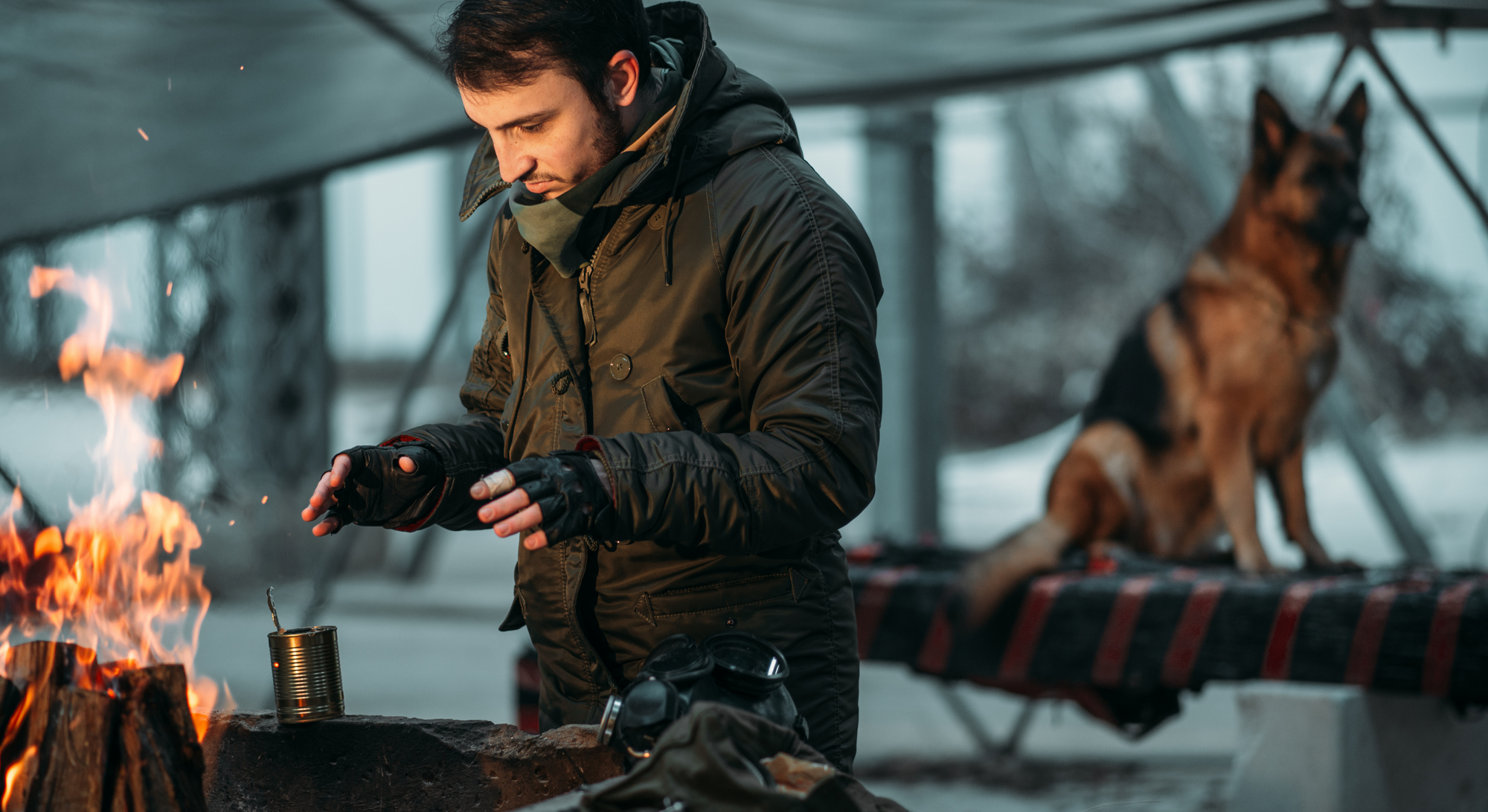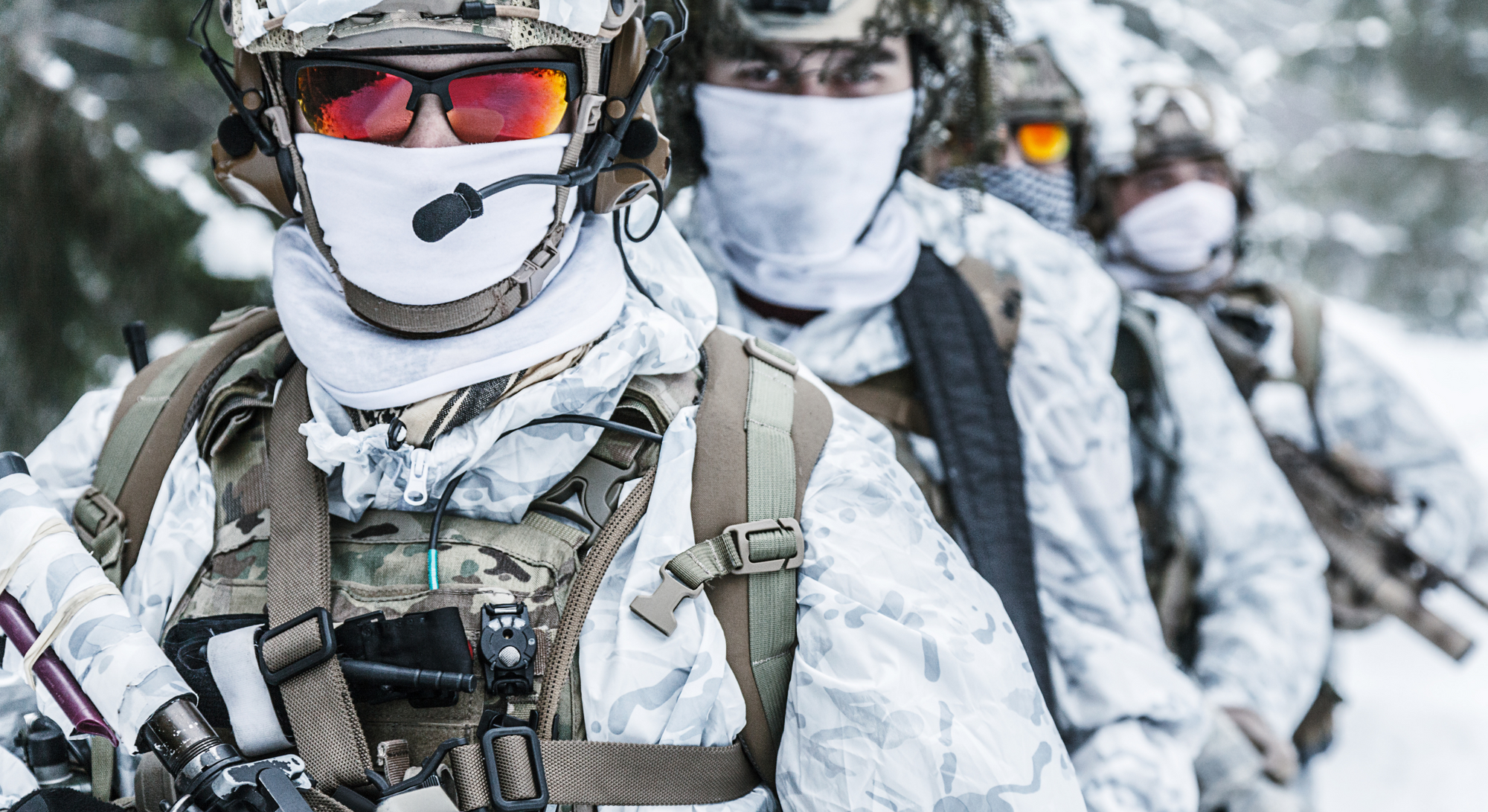Every American concerned about growing riots in the country, or who live in a storm-heavy location like New Orleans, need to have an emergency preparedness plan.
While it’s important to think about what you’ll bring with you when you evacuate, you’ll also need to factor your pets into your emergency preparedness plan to ensure they don’t get left behind in the chaos.
Here’s 5 ways to ensure our furry sidekicks stay by our sides as we get to safety, right where they belong:
5. Make Sure They’re Easily Identifiable and Trackable

Be sure to get an ID tag or collar for your pets as soon as possible, if you haven’t already.
Any collar should contain the name of your pet and contact information for you, like your phone number and the address of your nearest relative. Don’t forget to arrange new engraving to update their tag if you change phone number or address, too.
Skin-embedded ID microchips are an essential. Your vet can inject a chip easily if your pet doesn't have one already, then update your info on a database. Whoever finds your pet can take them to any vet’s office or animal shelter for a digital scan, which will bring up your details so you can be reunited.
To go even one better, grab a GPS tracker attachment for your pet’s collar to alert you to their every move.

You can set up “Safe Zones” around your property and your usual walkies routes, and the GPS app will ping you a text if your pet leaves their home base.
While memberships to the app server do incur a monthly fee, they utilize satellites to accurately and wirelessly track your pet if they run away prior to evacuation, for ultimate peace of mind.
Plus, for everyday non-emergency situations, these GPS tracker systems also allow you to chart your pet’s health stats and food intake, set activity goals, monitor their sleeping and licking habits, and set up vaccination reminders.
4. Be Prepared to Evacuate Early

Lots of animals, and even the most well-trained dogs, can fall apart or panic when they hear the signs of chaos or disaster, especially if it's environment-related. Animals are much better than humans at detecting when a storm is coming, in more ways than one.
To compensate for this, be sure to factor in some extra time to load your pets into a crate or carrier before you evacuate from your home to a safe location.
They may be frightened and hide under a bed where it’s hard to reach them, or burrow themselves in their most comforting hiding place.

Have some treats handy to coax them out if they won’t budge, and try to remain calm as you’re reassuring them: Remember, our pets know us best and they can pick up on our every hint of stress.
You may also consider evacuating early and before it’s absolutely necessary, since your pet may be difficult to wrangle into a carrier and then into the car if the proverbial storm is already at your doorstep.
3. Check for Hotels That are Pet-Friendly

If you’re planning to stay at a hotel or motel as part of your evacuation plan, or even as a temporary measure before you can return home, be sure to investigate whether the establishment is pet friendly ahead of time. Pet-friendly lodgings are well worth the effort, though, and they aren’t as rare as you might fear.
Only some hotels and motels will allow you to bring a cat or dog with you under usual circumstances, and some of them may charge exorbitant cleaning fees.
Of course, being polite and respectful always goes a long way if hotels aren’t pet-friendly by policy.

Kindly letting the management know you’ve been evacuated helps when you ask if you can shelter there with your pet.
Assure hotel staff that you’ll be responsible for your pet during the stay, that you’re bringing pet bedding and blankets to protect the hotel furniture, and that your animal is potty trained.
They’ll be more likely to be helpful and let you stay if they know you respect their establishment, and that they won’t be risking any damage to the property by allowing your pet in the room with you.
2. Bring Separate Water Containers

Our animals are treasured parts of our families. That being said, you don't want to share the same drinking container with them if it can be avoided.
Additionally, providing clean drinking water for them is crucial, to avoid them drinking from puddles out of extreme thirst. In an emergency such as fire or flood, standing water your pet may find on the ground could potentially be tainted with harmful substances.
To that end, make sure that you plan to include an extra water bowl or container for your cat or dog, and be sure to offer water regularly if you're on the move.

As another tip, your pets need to drink just as often as you do, and possibly even more if they’re panicking and panting heavily. They just can’t tell you they’re thirsty, so be sure to offer them water each time you get thirsty to make sure they don’t get dehydrated.
1. Don’t Forget Waste!

Your pets will still need to evacuate their bowels and urinate from time to time. If you have a dog or cat, be sure that you incorporate places for them to do their business into your evacuation supplies and plan. This is especially important if you find yourselves sheltering in a bunker or enclosed shelter as you wait for the danger to pass, and can't take your pet outside.
For your hound, you can find absorbent potty pads in most grocery stores that are intended for puppy training. Lay a couple of them on the floor if you’re confined to a building during your evacuation, and direct your dog to it when he starts to sniff around looking for a place to pee.
Once he uses it correctly the first time, give plenty of praise and a treat- he’ll get the hang of it when he sees he did good!

It might be worthwhile to get disposable cat litter trays if you have a kitty in your family. These can easily be disposed of after your cat has done their business.
Try to have a leash handy in your survival kit too, so you can take your pet away from your car and let them relieve themselves in a field or by the road without giving them an opportunity to bolt into the wilderness.

Having our trusty sidekick always by our side and safe in emergency situations is crucial to keeping your morale high and the whole gang together.
It can help to assign one responsible family member the task of keeping tabs on where the pet is and making sure they’re safe, with a backup person to check in periodically on the pet if the assigned family member gets distracted in the chaos.
Our pets have our backs all day, every day. It's our duty and honor to treat them well and be sure not to leave them in harm’s way when the going gets tough.
Thank you for reading… United We Stand
Justin | 2A4Life
Maine, USA


